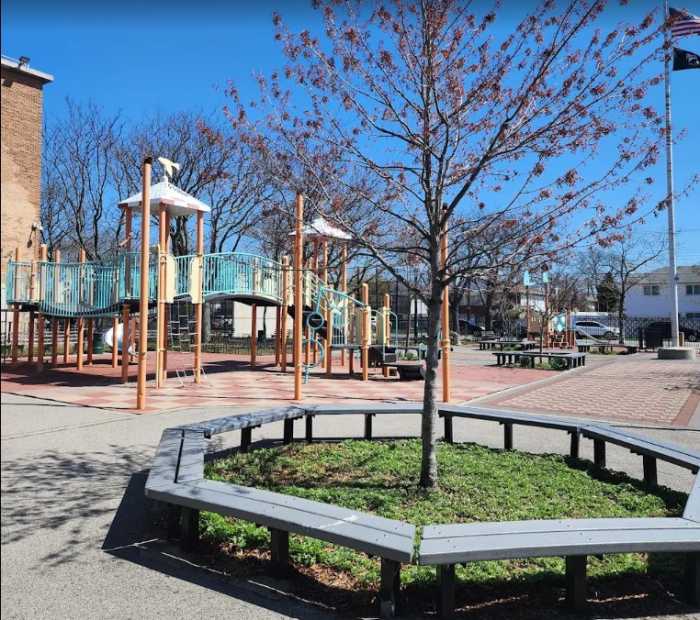By Courtney Dentch
The grassroots cancer survey to track disease rates in southeast Queens neighborhoods where drinking water may have been tainted with dangerous chemicals in the 1970s has collected a number of responses, but volunteers are still needed to finish out the three-month study.
While a preliminary glance at the more than 50 questionnaires shows some incidence of cancer, the tabulation will be counted after the door-to-door study is completed next month, said state Sen. Malcolm Smith (D-St. Albans), who is coordinating the survey with state Assemblyman William Scarborough (D-St. Albans).
“People are responding and we are finding some incidence, but once we do our analysis we'll be even clearer,” he said.
The survey, aimed at charting the incidence of cancer in southeast Queens, has targeted Hollis, St. Albans and Brinkerhoff since its start March 15, and will cover Jamaica and Rochdale over the next few weeks, Smith said.
Fears about the prevalence of the disease are tied to concerns over the safety of the drinking water in southeast Queens. Now-closed wells at the West Side Corp. site at 107-10 180th St. in Jamaica were contaminated with the dry-cleaning chemical perchloroethylene, known as PERC, and the gasoline additive methyl tert-butyl ether, known as MTBE, in the 1960s and 1970s.
The chemicals may have been pulled into drinking water supplies and still remain in the ground as city and state environmental agencies work to clean the site.
The state Department of Health is working with the neighborhood to canvass the area within about a one-mile radius of the West Side Corp. site at 107th Avenue and 180th Street.
The community-based survey was in response to a study that was completed by the state early last year. The state DOH report found that the incidence of cancer in zip codes 11433 in Jamaica and 11434 in Rochdale Village was no higher than in similar communities in the city. But residents discounted the results, saying they did not reflect information on people who had moved out of the area.
The original study found 878 cases of the disease, broken down into nearly 20 types for men and women between 1980 and 1998, about 40 less than had been anticipated.
Volunteers carrying fliers, questionnaires and photo identification badges have met with favorable reactions from residents, said Linda Caleb Hazel, one of the survey leaders and a 14-year cancer survivor who lives near the West Side Corp. site.
“When we get people at home, the response is wonderful,” she said. “A lot of people have been very positive, and they start telling you about people down the block and what they died of.”
But since the surveyors usually knock on doors on Saturday mornings, residents often are not home, she said. The group is looking for more volunteers to make weekday evening visits possible, Hazel said.
“A lot of us are going to go out in the evenings. Now that we have daylight-saving time, we can go out later,” she said. “Going out in the evening will be very helpful.”
For more information on the survey, call Smith's office at 718-291-9097, or Scarborough's office at 718-657-5312.
Reach reporter Courtney Dentch by e-mail at TimesLedger@aol.com, or by phone at 718-229-0300, Ext. 138.




































